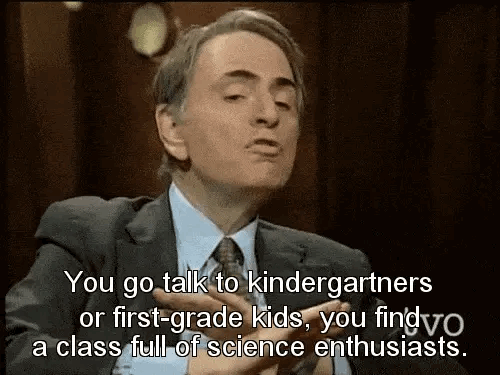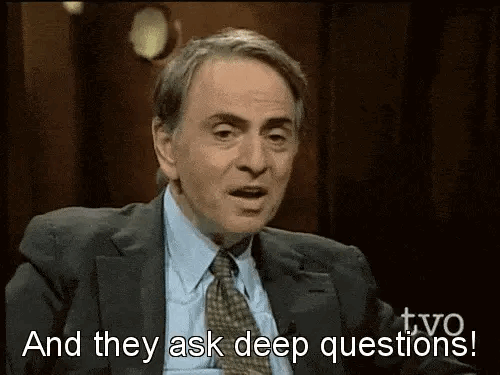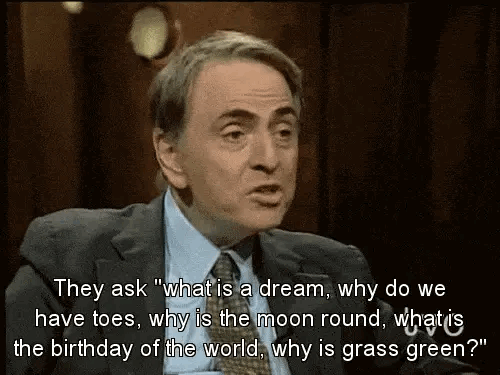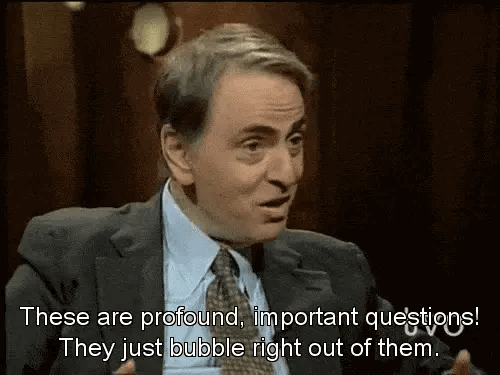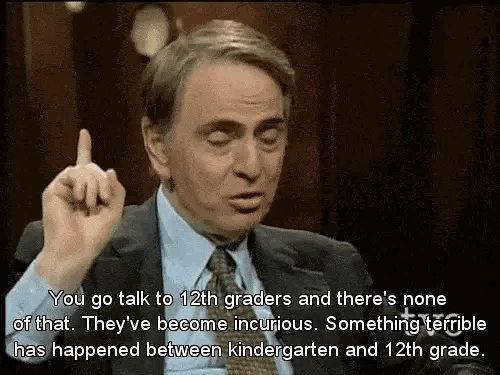“I Felt I Was An Accepted Team Member. It Was A Great Experience And A Unique Opportunity.”

“I felt I was an accepted team member. It was a great experience and a unique opportunity.”
Ruth Ann Strunk, a math major, was hired in 1968 at NASA’s Kennedy Space Center as an acceptance checkout equipment software engineer. She monitored the work of contractors who wrote the computer programs designed to check out the command module, lunar module and the Apollo J mission experiments. These experiments were conducted aboard the service modules on Apollo 15, 16 and 17 by the command module pilots.
“I am proud of the advancement and the number of women who are working and enjoy working here,” Strunk said. “It was a wonderful opportunity NASA afforded me during Apollo that I have been able to use ever since.”
Remember the women who made #Apollo50th possible.
Follow Women@NASA for more stories like this one, and make sure to follow us on Tumblr for your regular dose of space: http://nasa.tumblr.com.
More Posts from Tres-4b-blog and Others










Cosmology’s Biggest Conundrum Is A Clue, Not A Controversy
“This is not some fringe idea, where a few contrarian scientists are overemphasizing a small difference in the data. If both groups are correct — and no one can find a flaw in what either one has done — it might be the first clue we have in taking our next great leap in understanding the Universe. Nobel Laureate Adam Riess, perhaps the most prominent figure presently researching the cosmic distance ladder, was kind enough to record a podcast with me, discussing exactly what all of this might mean for the future of cosmology.
It’s possible that somewhere along the way, we have made a mistake somewhere. It’s possible that when we identify it, everything will fall into place just as it should, and there won’t be a controversy or a conundrum any longer. But it’s also possible that the mistake lies in our assumptions about the simplicity of the Universe, and that this discrepancy will pave the way to a deeper understanding of our fundamental cosmic truths.”
In science, if you want to know some property of the Universe, you need to devise a measurement or set of measurements you can make to reveal the quantitative answer. When it comes to the expanding Universe, we have many different methods of measuring light that fall into two independent classes: using the imprint of an early relic and using the cosmic distance ladder. These two techniques each give solid results that are mutually inconsistent: the distance ladder teams find results that are higher than the early relic teams by about 9%. Since the errors are only about 1-2% on each measurements, this has been dubbed cosmology’s biggest controversy.
But perhaps it’s not about “who is right,” but rather about “what is the Universe doing?” Perhaps it’s a clue, not a controversy. Come learn about the cutting-edge science behind this fascinating and unexpected result.










We Have Now Reached The Limits Of The Hubble Space Telescope
“Finally, there are the wavelength limits as well. Stars emits a wide variety of light, from the ultraviolet through the optical and into the infrared. It’s no coincidence that this is what Hubble was designed for: to look for light that’s of the same variety and wavelengths that we know stars emit.
But this, too, is fundamentally limiting. You see, as light travels through the Universe, the fabric of space itself is expanding. This causes the light, even if it’s emitted with intrinsically short wavelengths, to have its wavelength stretched by the expansion of space. By the time it arrives at our eyes, it’s redshifted by a particular factor that’s determined by the expansion rate of the Universe and the object’s distance from us.
Hubble’s wavelength range sets a fundamental limit to how far back we can see: to when the Universe is around 400 million years old, but no earlier.”
The Hubble Space Telescope, currently entering its 30th year of service, has literally revolutionized our view of the Universe. It’s shown us our faintest and most distant stars, galaxies, and galaxy clusters of all. But as far back as it’s taken us, and as spectacular as what it’s revealed, there is much, much more Universe out there, and Hubble is at its limit.
Here’s how far we’ve come, with a look to how much farther we could yet go. It’s up to us to build the tools to take us there.

-
 afrotumble liked this · 7 months ago
afrotumble liked this · 7 months ago -
 komikbookgeek reblogged this · 10 months ago
komikbookgeek reblogged this · 10 months ago -
 stardating reblogged this · 2 years ago
stardating reblogged this · 2 years ago -
 nyxkky liked this · 3 years ago
nyxkky liked this · 3 years ago -
 noxsonus liked this · 4 years ago
noxsonus liked this · 4 years ago -
 flippingthebluebird reblogged this · 4 years ago
flippingthebluebird reblogged this · 4 years ago -
 hyenaslane liked this · 4 years ago
hyenaslane liked this · 4 years ago -
 healo liked this · 4 years ago
healo liked this · 4 years ago -
 https-ria-com liked this · 4 years ago
https-ria-com liked this · 4 years ago -
 nmskslslslsl liked this · 4 years ago
nmskslslslsl liked this · 4 years ago -
 pizapizzapizzza liked this · 4 years ago
pizapizzapizzza liked this · 4 years ago -
 youdonthavetogotocollege liked this · 4 years ago
youdonthavetogotocollege liked this · 4 years ago -
 mint-shaco liked this · 4 years ago
mint-shaco liked this · 4 years ago -
 posccis liked this · 4 years ago
posccis liked this · 4 years ago -
 andraxxxx liked this · 4 years ago
andraxxxx liked this · 4 years ago -
 martinaluther liked this · 4 years ago
martinaluther liked this · 4 years ago -
 mystyrust liked this · 4 years ago
mystyrust liked this · 4 years ago -
 esmsair liked this · 4 years ago
esmsair liked this · 4 years ago -
 mathematigirls liked this · 4 years ago
mathematigirls liked this · 4 years ago -
 hopelesstargzer liked this · 4 years ago
hopelesstargzer liked this · 4 years ago -
 angelineblackrose liked this · 4 years ago
angelineblackrose liked this · 4 years ago -
 greenglassolace liked this · 4 years ago
greenglassolace liked this · 4 years ago -
 x-ey liked this · 4 years ago
x-ey liked this · 4 years ago -
 motivationalkittyposter liked this · 4 years ago
motivationalkittyposter liked this · 4 years ago -
 anonymous-night-owl liked this · 4 years ago
anonymous-night-owl liked this · 4 years ago -
 pommeblue-blog liked this · 4 years ago
pommeblue-blog liked this · 4 years ago -
 harrystylesperfect liked this · 4 years ago
harrystylesperfect liked this · 4 years ago -
 fwnazemeselhnh reblogged this · 4 years ago
fwnazemeselhnh reblogged this · 4 years ago -
 fwnazemeselhnh liked this · 4 years ago
fwnazemeselhnh liked this · 4 years ago -
 laangeleaura liked this · 4 years ago
laangeleaura liked this · 4 years ago -
 trevorrdesanta liked this · 4 years ago
trevorrdesanta liked this · 4 years ago -
 girlfrommars3 reblogged this · 4 years ago
girlfrommars3 reblogged this · 4 years ago -
 girlfrommars3 liked this · 4 years ago
girlfrommars3 liked this · 4 years ago -
 virtualityhome liked this · 4 years ago
virtualityhome liked this · 4 years ago -
 babacontainsmultitudes liked this · 4 years ago
babacontainsmultitudes liked this · 4 years ago -
 codingoverload reblogged this · 4 years ago
codingoverload reblogged this · 4 years ago -
 wilord1 liked this · 4 years ago
wilord1 liked this · 4 years ago -
 seaoftranquality liked this · 4 years ago
seaoftranquality liked this · 4 years ago -
 aquelllla liked this · 4 years ago
aquelllla liked this · 4 years ago



